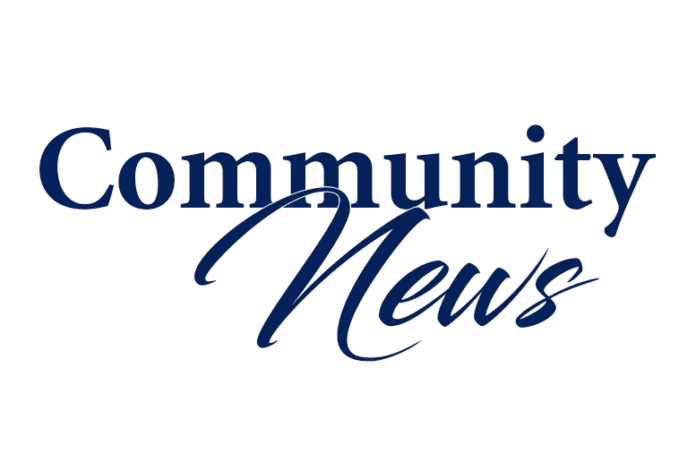America reached an impasse in 1903 concerning a treaty to build a canal through the Panama area of Colombia. We entered into an agreement to pay Colombia $10,000,000 plus an annual annuity of $250,000 a year, however, the dispute involved Colombia’s request for an additional $10,000,000 to be paid from the $40,000,000 we agreed to pay the bankrupt French Company for their failed construction rights. Republican President Teddy Roosevelt was furious. He then made plans to seize Panama, despite such conduct violating international law. Roosevelt evolved the remarkable theory that America was acting in the best interest of the world and Colombia, the owner of the property, should not stand in our way. It was to be a quick revolution with American support. The key players were: Buneau-Varilla (BV), a French entrepreneur who came to America to sell the bankrupt company’s rights to the canal and who retained an attorney who also represented an American company (PR&S) which operated the only railroad across Panama, Col. J.R. Shaler, Superintendent of PR&S and Dr. Manuel Amador, the George Washington of Panama. BV and Amador planned the revolution at the Waldorf Astoria Hotel in New York. To ensure success, Roosevelt sent an American warship to the City of Colon on the Atlantic side and another warship to Panama City on the Pacific Side, where the revolution was to take place. Gen. Huertas, Commander of the Colombian troops at Panama City, was to be bribed. To prevent the possibility that Colombian troops arriving in Colon could cross Panama on the railroad, Shaler arranged for all rolling stock to be sent to Panama City.
The U.S.S. Nashville arrived at Colon on November 2. That evening, 500 Colombian soldiers arrived at Colon. Shaler saved the day. He put the Colombian Generals on a special train with a single car. The troops would follow, he explained. Shaler signaled the engineer and off went the Generals, unaware of the pending revolution, bound for Panama City, where they were warmly received and thereafter arrested. Col.Torres, the remaining officer at Colon, was angered that no train was available for his troops, and threatened to kill every American at Colon. American Commander Hubbard landed marines and announced that the Colombian troops could not use the railroad. In return for $8,000 and champagne, Torres calmed down and sailed away. On November 3, 1903, soon-to-be President Amador announced independence, “We are free. Roosevelt had made good.” America immediately recognized the de facto government of Panama. Panama then granted to the United States in perpetuity, the use of a 10-mile-wide Canal Zone exchange for similar $10,000,000 plus an annual sum that had steadily increased. In an indiscreet statement in 1911, Teddy referred to his “taking Panama,” stating that if he did not do so, the debate would go on, while the canal goes ahead. President Wilson, a Democrat, in 1912 offered Colombia an apology and $25,000,000. Payment was made in 1921 under Republican Harding, “accordance with the highest principles of national, international and private morality.”
Sources: “Theodore Roosevelt and the Panama Canal” Wikipedia, The Free Encyclopedia: “Roosevelt’s Letter From Panama Canal to President Amador,” Shapell: “I Took the Canal Zone and Let Congress Debate,” Brainy Quote: MT American History, The Making of a Nation, “President Roosevelt Decides to Build the Panama Canal”: CNN Communities Digital News, “Panama Canal and Teddy Roosevelt’s Land Grab.”; The Complete Book of Presidents, Eight Edition, by William A. DeGregorio (p. 385).






